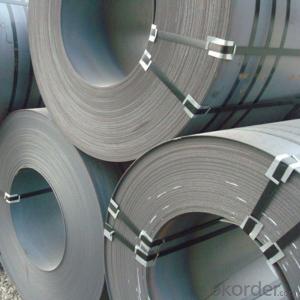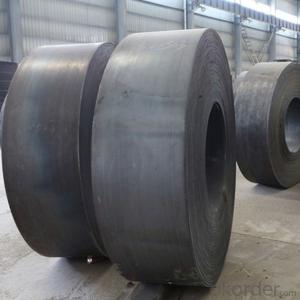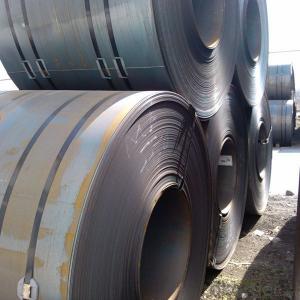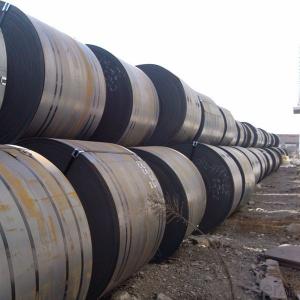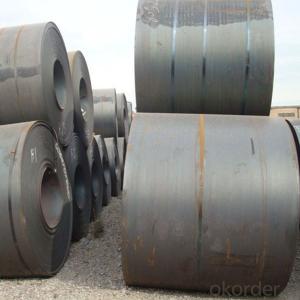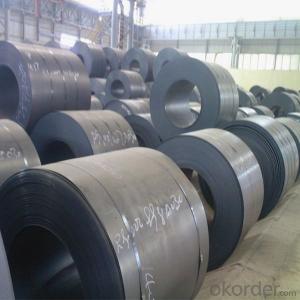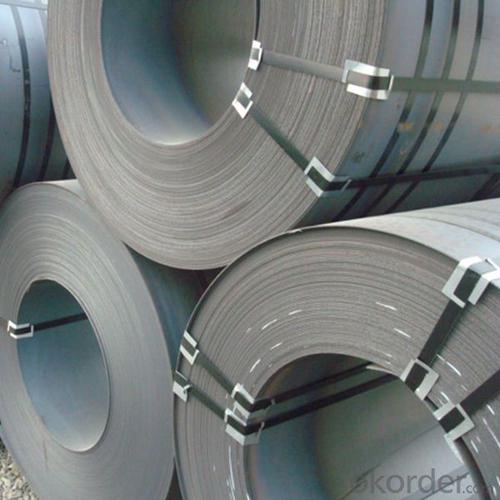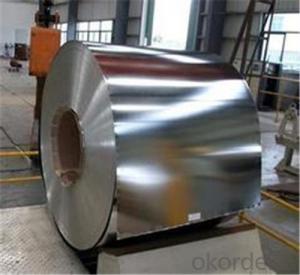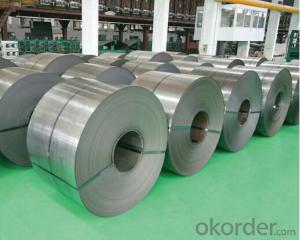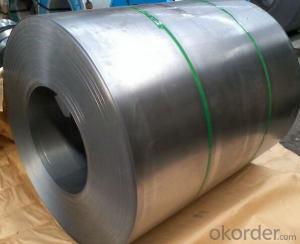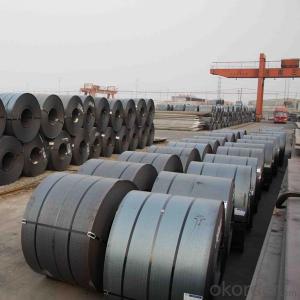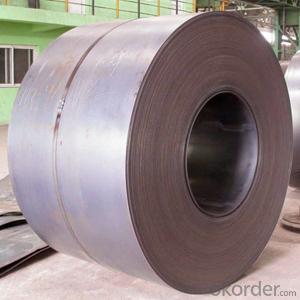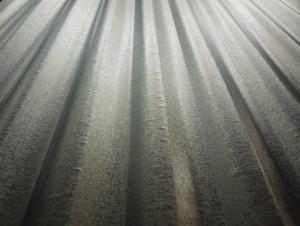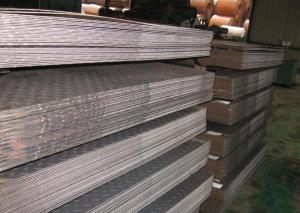Cold Rolled Plate Steel,High Quality 2016,Steel Coils from China
- Loading Port:
- Tianjin
- Payment Terms:
- TT OR LC
- Min Order Qty:
- 20 m.t.
- Supply Capability:
- 500 m.t./month
OKorder Service Pledge
OKorder Financial Service
You Might Also Like
Specification
DESCRIPTION FOR SS400 CARBON STEEL SHEET
1.Thickness: 1-200mm
2.Width: 100-3000mm
3.Length: 1000-12000mm
4. Applications :mining machinery, environmental protection, engineering
5. Grade:SS400 A 36 Q195.Q235.Q345.SPCC.SPCH
6.Surface : Hot Rolled Cold Rolled Galvanized Steel
DETAILS:
Thickness | 0.5-100mm |
Width | 1250mm,1500mm,1800mm,2000mm.,2500mm or as required |
Length | 2000-12000mm |
Standard | AISI, ASTM, BS, DIN, GB, JIS |
Material | A36,SS400,SPCC,SPHC, Q195, Q 235,Q345 |
Tehnique | Hot rolled;cold rolled |
Payment | TT ,L/C |
Packing | Standard seaworthy packing or as required |
Market | Mild east, North/South America, Europe, Asia,Africa etc |
Certificate | BV,SGS,MTC |
Delivery time | 30-45days after confirming the order |
PACKING:
1.Big thickness:by bulk vessel
2.Small thickness:packed by steel strips and shipped by container
3.According to the requirements of customers'
TRADE TERMS :FOB, CFR, CIF
FEATURES OF STEEL COILS
(1)Good ductility
(2)Good corrosion resistance
(3)Excellent abrasion resistance and fatigue strength
(4)Good weldability
(5)Oxidation resistant performance
(6)Excellent in high temperature
PAYMENT&DELIVERY FOR STEEL COILS/SHEETS
Payment Terms | 100% LC at sight,or 30%TT in advance, balance against B/L copy |
Delivery Time | With 30-40 days after deposit |
Price Terms | Ex-Work, FOB, CNF, CFR, CIF,etc |
DETAILED PICTURES FOR STEEL COILS
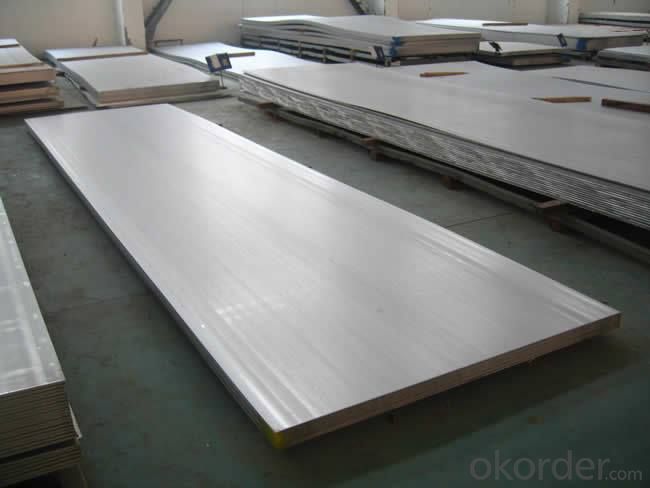
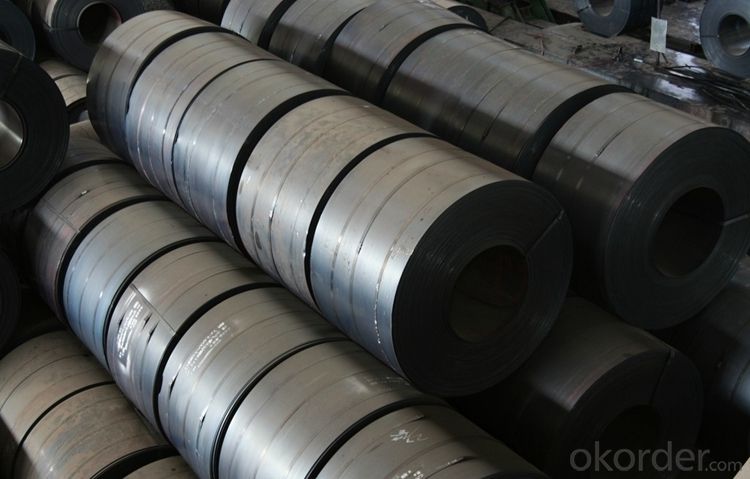
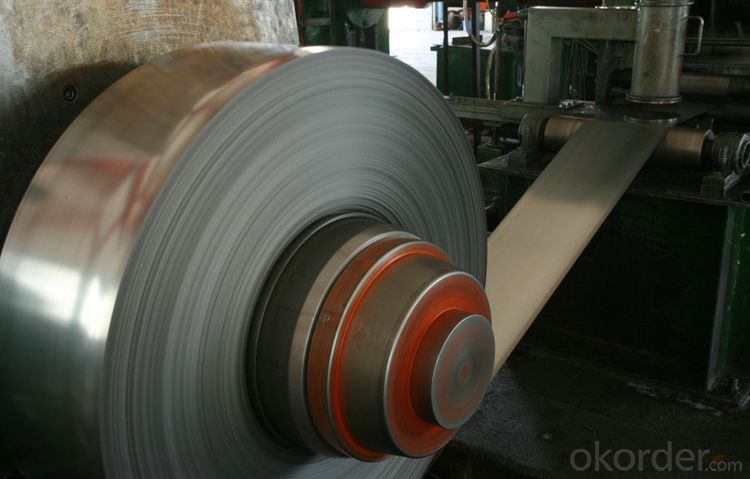
OUR SERVICE
1.High quanlity and reasonable price.
2.Customized on-demand.
3.Reasonable shipping and fast delivery.
4.Free sample.
FAQ
Q:How to order?
A: Please send us your purchase order by email or fax .or you can ask us to send you a proforma invoice for your order .We need to know the following information for your order.
1) Shipping information-company name, street address, phone number, fax number, destination sea port
2) Product information – Quantity, Specification (steel type, thickness, width, surface finish)
3) Delivery time required
4) Forwarder's contact details if there's any in China
FAQ
Q:What are the advantages of your company ?
A: We have many professionals, technical personnel, more competitive prices and best after-dales service than other steel companies.
Q:Can you arrange the shipment ?
A: Sure we can help you with the shipment. We have forwarders who have cooperated with us for many years.
- Q: Can steel sheets be used for construction formwork or molds?
- Yes, steel sheets can be used for construction formwork or molds. Steel sheets are durable, strong, and can withstand the pressure and weight of concrete during construction. They provide a sturdy and reliable surface for shaping and supporting the concrete, making them suitable for use in construction formwork or molds.
- Q: What are the potential drawbacks of using steel sheets?
- There are several potential drawbacks of using steel sheets in various applications. Firstly, steel sheets are prone to corrosion. If not properly protected or coated, steel sheets can rust when exposed to moisture or certain environmental conditions. This can significantly affect their structural integrity and lifespan. Secondly, steel sheets can be heavy and difficult to handle. This can pose challenges during transportation, installation, and maintenance. The weight of steel sheets may also limit their use in certain applications where weight restrictions are in place. Additionally, steel sheets can be expensive compared to other materials. The cost of steel production, processing, and customization can be higher than alternative materials, making steel sheets less financially viable in some projects. Another potential drawback of steel sheets is their limited design flexibility. Steel sheets are often manufactured in standard sizes and shapes, which may not always meet specific design requirements. Modifying steel sheets can be time-consuming and costly, limiting their adaptability for unique or complex projects. Moreover, steel sheets have a relatively high thermal conductivity. This means that they can transfer heat quickly, making them less effective in providing insulation. In applications where thermal insulation is crucial, alternative materials may be more suitable. Lastly, steel sheets are not environmentally friendly. The production of steel involves significant energy consumption and carbon emissions. Additionally, the extraction and mining of raw materials used in steel production can have detrimental effects on the environment. Overall, while steel sheets have numerous advantages such as strength and durability, it is important to consider these potential drawbacks when choosing the appropriate material for a specific application.
- Q: How do you cut a steel sheet?
- To cut a steel sheet, you typically use power tools such as a plasma cutter, laser cutter, or angle grinder equipped with a cutting disc designed for metal. These tools are capable of generating high heat and precision to make clean cuts through the tough steel material. Safety precautions, like wearing protective gear and ensuring a stable work surface, are crucial when working with power tools and cutting steel sheets.
- Q: What is the thickness of the paint board?
- As a decorative wall painting board, the scale is greater, a 122*244*1.8cm UV paint board. The most common market in general is 15-18mm, one of 18mm's highest market share, in addition to 12mm, 9mm, 5mm thickness, if it is made, manufacturers generally have the ability to make 3mm-35mm between any thickness out.
- Q: Are steel sheets suitable for earthquake-prone regions?
- Yes, steel sheets are suitable for earthquake-prone regions. Steel is known for its strength and durability, making it an excellent choice for construction in areas prone to seismic activity. Steel sheets can absorb and distribute the forces generated during an earthquake, reducing the risk of structural damage and collapse. Additionally, steel structures can be designed to flex and bend, allowing them to withstand the shaking caused by earthquakes without significant damage.
- Q: What are the tolerances for steel sheets?
- The tolerances for steel sheets can vary depending on the specific industry and application. Generally, the tolerances for thickness, width, and length of steel sheets range between +/- 0.005 to +/- 0.25 inches. However, it is important to consult the specific standards and requirements of the industry or customer to determine the exact tolerances needed for a particular steel sheet.
- Q: How do steel sheets perform in corrosive environments like saltwater?
- Steel sheets perform well in corrosive environments like saltwater due to their inherent resistance to rust and corrosion. This is primarily because of the presence of chromium in the steel, which creates a protective layer of chromium oxide on the surface of the metal. This layer acts as a barrier and prevents the steel from coming into direct contact with the corrosive elements in saltwater, thereby minimizing the risk of corrosion. However, it is important to note that while steel sheets have good resistance to saltwater corrosion, they are not entirely immune to it. Prolonged exposure to saltwater can still cause some level of corrosion, especially in the presence of other factors such as high temperatures, abrasion, or impurities in the water. To enhance the performance of steel sheets in saltwater environments, various protective coatings can be applied. These coatings, such as paint, galvanization, or epoxy, provide an additional layer of protection to the steel, further minimizing the risk of corrosion. Regular maintenance and inspection are also essential to ensure the long-term performance of steel sheets in saltwater environments. This includes cleaning the surface, removing any accumulated salt or debris, and repairing any damaged or compromised areas of the protective coating. Overall, while steel sheets have good resistance to corrosion in saltwater environments, it is crucial to take proper precautions, such as using protective coatings and regular maintenance, to ensure their optimal performance and longevity.
- Q: Are the steel sheets easy to install?
- Indeed, the installation of steel sheets is generally a straightforward task. Their lightweight nature allows for easier handling and maneuverability throughout the installation procedure. Moreover, steel sheets often come equipped with pre-drilled holes or interlocking systems, which further streamlines the installation process. By employing the correct tools and possessing fundamental construction knowledge, individuals can effortlessly mount steel sheets onto diverse surfaces like roofs, walls, or fences. Nevertheless, it remains crucial to adhere to the manufacturer's instructions and safety guidelines to guarantee a correct and secure installation.
- Q: What are the different grades of steel used for manufacturing sheets?
- There are several different grades of steel used for manufacturing sheets, each with specific properties and applications. Some of the commonly used grades include: 1. Mild Steel (also known as low carbon steel): This is the most widely used grade of steel for manufacturing sheets. It has a low carbon content, making it easy to work with and relatively inexpensive. Mild steel sheets are used in a variety of applications, such as construction, automotive manufacturing, and general fabrication. 2. High-strength Low-alloy (HSLA) Steel: This grade of steel provides higher strength and improved corrosion resistance compared to mild steel. HSLA steel sheets are commonly used in heavy machinery, transportation equipment, and structural applications where strength is critical. 3. Galvanized Steel: Galvanized steel sheets are coated with a layer of zinc, which provides excellent corrosion resistance. These sheets are commonly used in outdoor applications, such as roofing, siding, and automotive parts. 4. Stainless Steel: Stainless steel sheets are highly resistant to corrosion and staining, making them suitable for a wide range of applications. They are commonly used in food processing equipment, medical devices, and architectural components. 5. Tool Steel: Tool steel sheets are specifically designed to have high hardness, wear resistance, and toughness. They are used for manufacturing cutting tools, dies, and molds. These are just a few examples of the different grades of steel used for manufacturing sheets. The choice of grade depends on the specific requirements of the application, such as strength, corrosion resistance, and cost.
- Q: What is the difference between a smooth and expanded metal steel sheet?
- A smooth metal steel sheet has a flat surface with no perforations or raised patterns, while an expanded metal steel sheet has a textured surface with small diamond-shaped openings that are created by stretching the metal.
Send your message to us
Cold Rolled Plate Steel,High Quality 2016,Steel Coils from China
- Loading Port:
- Tianjin
- Payment Terms:
- TT OR LC
- Min Order Qty:
- 20 m.t.
- Supply Capability:
- 500 m.t./month
OKorder Service Pledge
OKorder Financial Service
Similar products
Hot products
Hot Searches
Related keywords
